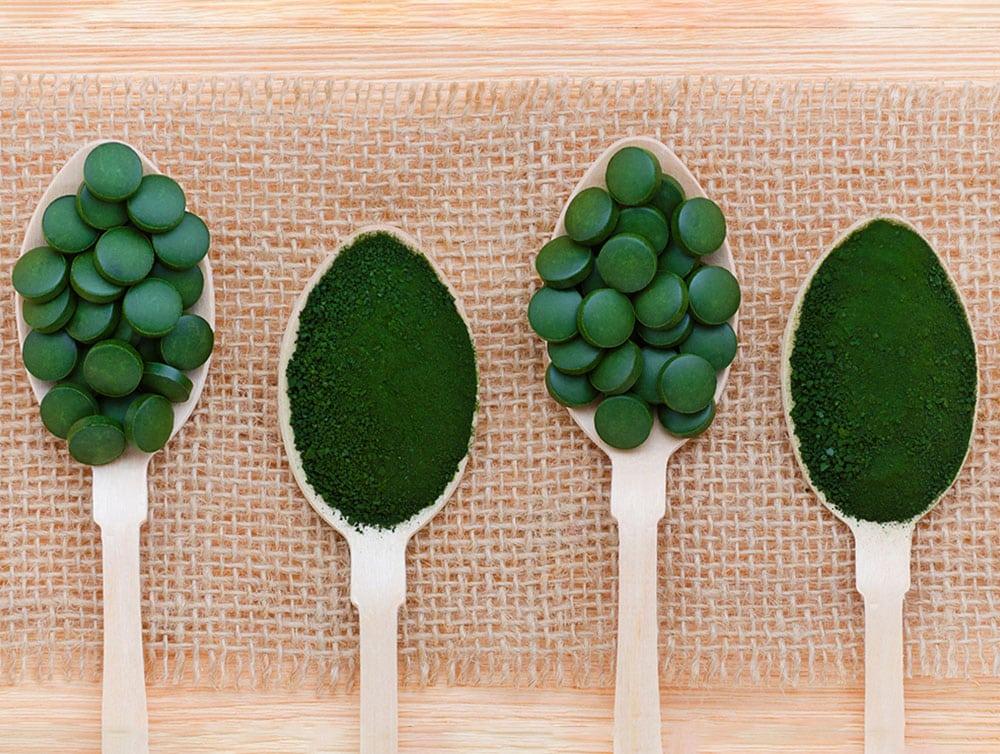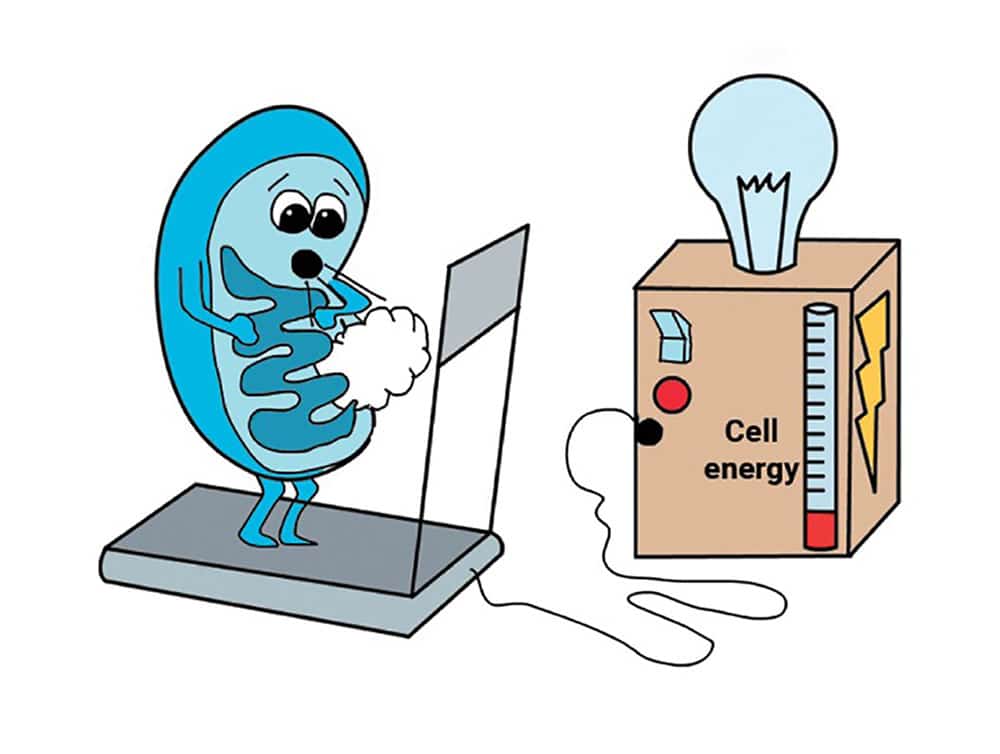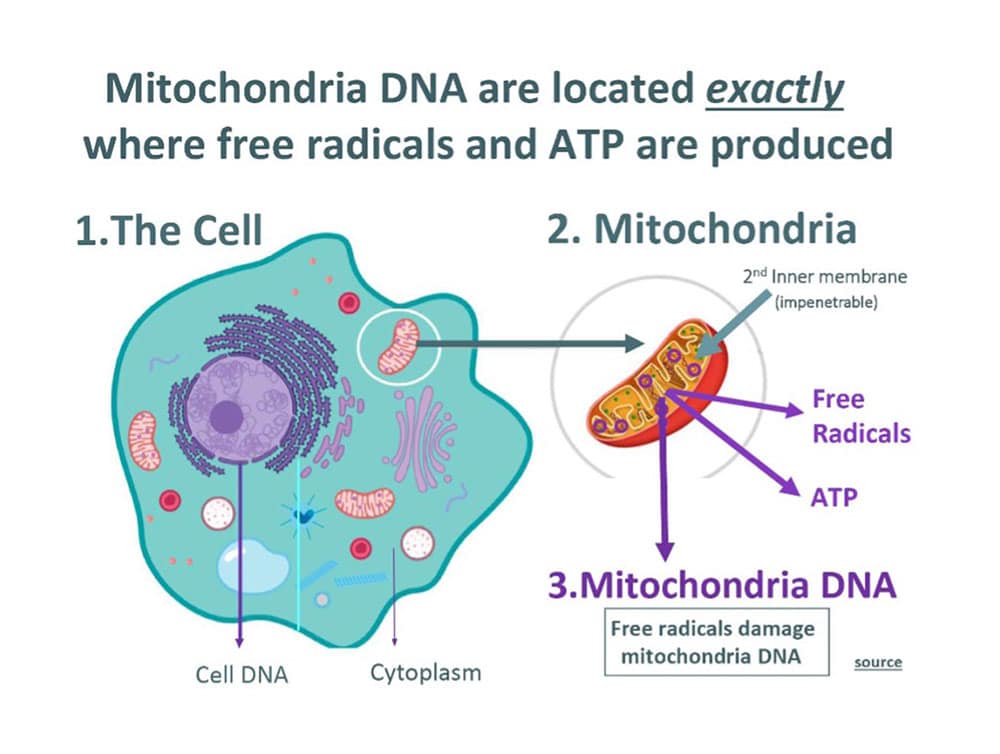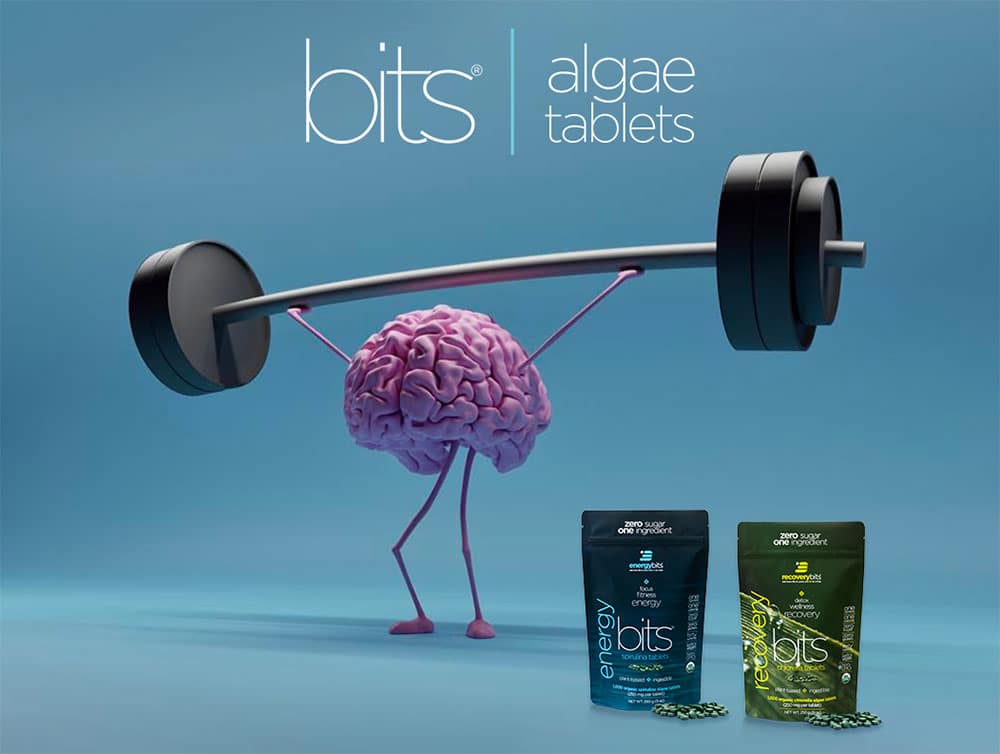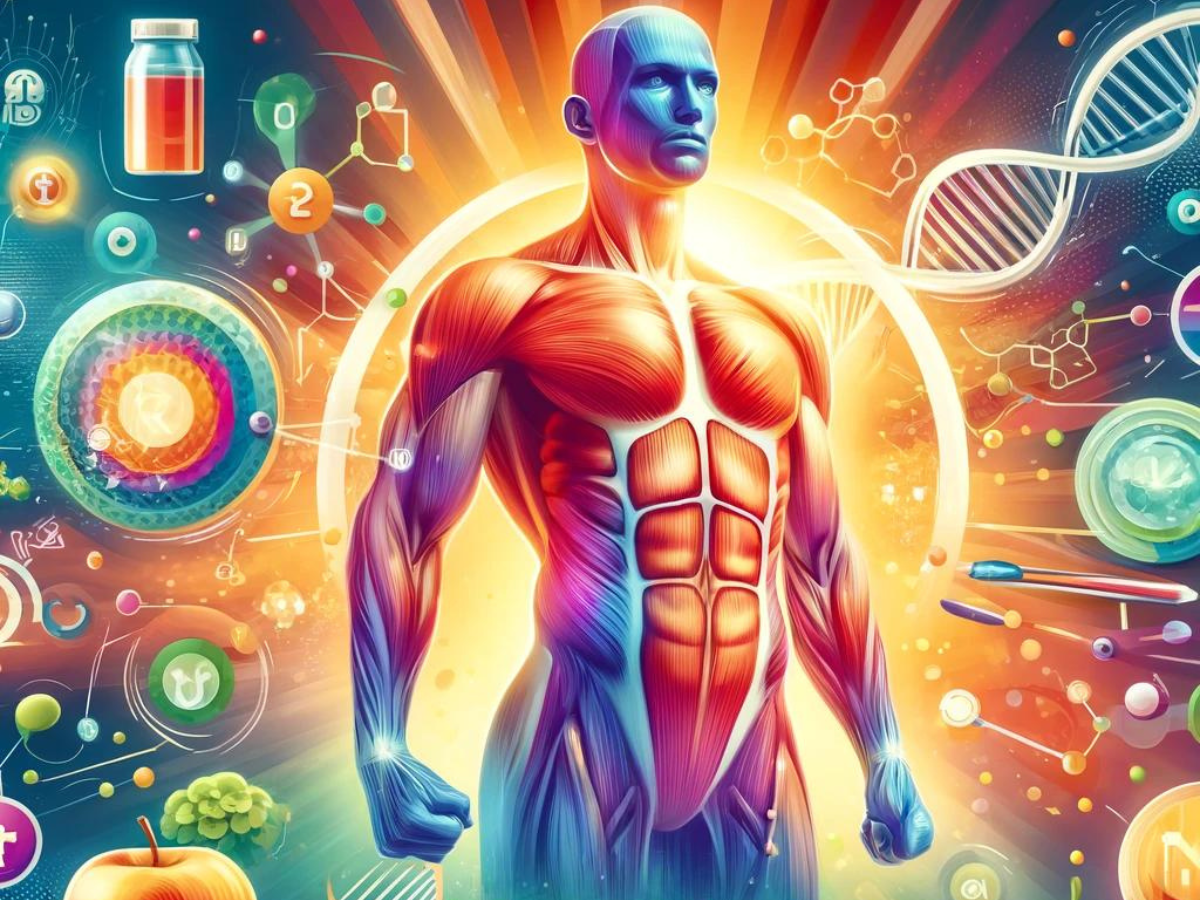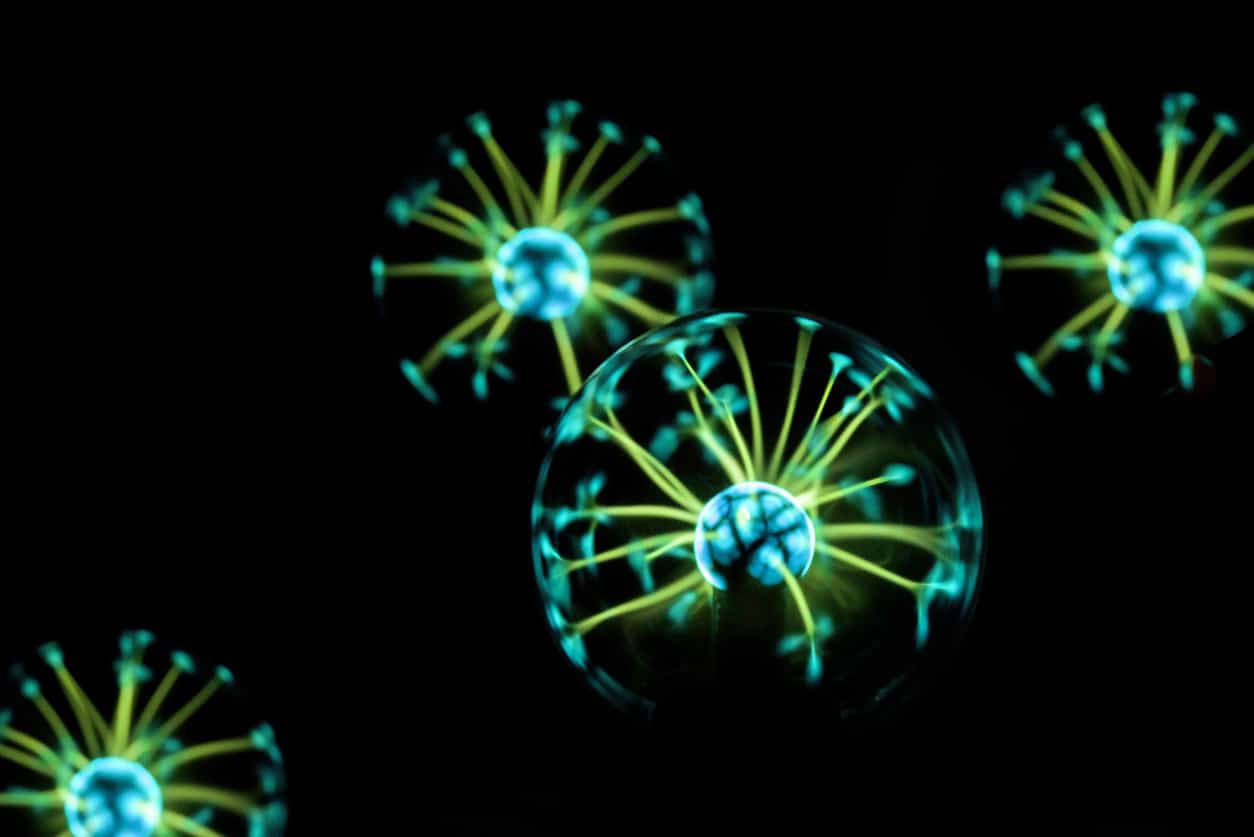
It’s no secret that I can get into some pretty weird stuff. But hey, if you want to stay at the cutting edge of health, you gotta try some out-of-the-box products.
That said, some people are still surprised when I tell them that I make algae a regular part of my daily diet. Why am I obsessed with the slimy green stuff that we find at the bottom of ponds?
Well, first of all, there are products these days that not only make algae palatable, but they actually taste really good. And second of all, and much more importantly, algae is an absolute powerhouse of nutrition.
In fact, algae is the first form of nutrition that this planet ever saw. It was the first form of plant life, meaning that the other plants you eat today are just the offspring of this ancient queen.
Alright, enough of the preamble here; let’s get into the good stuff – I’m about to lay out exactly why I make algae a staple in my diet and why it’s my opinion that every person on this planet should do the same.
#1 Algae Is A Nutritional Powerhouse
Industrialized farming has decimated our food chain and left our soil lifeless. Even if you eat organic, you’re no longer getting the nutrition you need[1][2]. Scientists are referring to this as “The Great Nutrient Collapse,” and it’s fueling both chronic disease and the decline in our longevity[3].
This is why we need to fuel our bodies with foods that are not only healthy but retain their nutrient profile – which is precisely where algae comes in.
Spirulina and chlorella algae are not only loaded with vitamins and minerals, but they also contain a significant amount of protein by weight. Furthermore, they’re packed with chlorophyll (500 x arugula) and contain high levels of glutathione (1,400x beef)[4][5][6][7][8][9][10].
Impressed?
Well, NASA and the United Nations certainly are; they endorse algae as having 1,000 times more nutrition than any other fruit or vegetable[11][12][13]. Now that’s legit.
And, of course, algae is also ketogenic and it’s free of sugar, lectins, oxalates, toxins, metals, or pesticides.
In fact, studies show that spirulina and chlorella algae may also help to remove toxins like heavy metals from your body[14].
#2 Algae Protects Mitochondria
Mitochondria generate cellular energy called ATP, which your body uses for everything. Think of cellular energy like money. When you have more money, you can do more things and have more choices. The same goes for cellular energy.
But, as you age, you have fewer mitochondria, and the ones that stick around get damaged. This reduces your ATP (cellular energy) and causes your cells to stop working properly, impairing cell signaling and reducing energy.
But here’s where algae comes in.
By reducing free radical damage and inflammation, algae can help to reverse this downward spiral[15]. When inflammation and oxidative stress are under control, it restores your mitochondria and thus renews the vitality that your body needs for optimal health.
Let’s look at this process in a bit more detail:
Your mitochondria have their own DNA located exactly where ATP production happens. But the process of ATP production creates free radicals, which constantly damage your mitochondrial DNA.
Your mitochondrial DNA control everything, so keeping them healthy and alive is essential to keeping you healthy and alive. Normally, antioxidants like Vitamin C or E would stop this free radical damage. The problem is most antioxidants can’t get into the mitochondria because mitochondria have two cell membranes, and the second inner cell membrane is impenetrable to virtually all antioxidants[16].
The good news is that there are four antioxidants that can get into this inner membrane, and your body makes three of them; glutathione, melatonin, and superoxide dismutase (SOD). The fourth one, which your body can’t make, is chlorophyll[17][18][19][20][21].
The bad news is after the age of 30, your body stops making these three antioxidants which is (no surprise) exactly when most people experience declining health (60% of adult Americans have a chronic disease)[22][23].
Ready for more good news?
Algae contains high concentrations of two of the three antioxidants your body no longer makes (glutathione and superoxide dismutase) and the world’s highest chlorophyll too. This means that when you take algae, you’re giving your body the exact antioxidants it needs to enhance mitochondrial health, which in turn helps to protect your health and longevity.
#3 Algae Is Brain Food
Did you know that you have two million mitochondria per cell in your brain? That’s why proactively stopping mitochondria inflammation is so important[24]. This brings me to my third and most compelling reason that I consume algae daily.
Algae protects your brain.
Studies show that spirulina’s unique nutrients, like SOD, may reduce amyloid plaques, promote stem cell genesis, and stop telomeres from shortening[25][26][27]. Furthermore, its blue pigment, called phycocyanin, has powerful anti-inflammatory properties[28].
Meanwhile, chlorella’s hard cell wall helps to remove toxins like aluminum, and its high Vitamin K2 assists in removing excess calcium[29][30].
How Can You Incorporate Algae Into Your Diet?
By now, you’re probably wondering how exactly you can incorporate algae into your daily diet. You won’t find fresh algae in the produce section of your grocery store – and frankly, if you did, I would recommend you leave that stuff alone. And the same with algae that washes up on shore.
Knowing the source of your algae is crucial not only for ensuring nutrient density but also for avoiding toxicity.
You only want algae that’s been carefully grown in freshwater and dried without heat. High heat destroys enzymes, and in the case of algae, it will deplete superoxide dismutase (SOD), that crucial antioxidant that prevents inflammation[31][32][33].
High heat also destroys the blue pigment in spirulina, phycocyanin, which as mentioned, promotes anti-inflammatory and antioxidant activity[34].
Unfortunately, most algae companies use high heat to dry their algae, leaving behind a lackluster version of a would-be superfood. That’s why I get my algae from ENERGYbits®. They don’t use high heat to dry their algae so all their nutrients are preserved and their enzymes and pigments are alive and well. And that’s what you need.
ENERGYbits® are tiny algae tablets you swallow by the handful (or heck chew them, or add them to smoothies or trail mix). Either way, their “tiny bits of nutrition” provide you with all the good stuff your body needs including those essential enzymes like SOD and pigments like phycocyanin that give their algae tablets (and you) superpowers you can’t get from the cheap stuff.
By the way, if you’ve ever tried to deal with algae powders you know what a mess it can be. It’s just green…everywhere.
But with ENERGYbits® tablets you just swallow and go. No mess, no mixing, no work and no yucky flavor either. Just swallow a handful of tablets with water and you’re done. ENERGYbits® tablets make nourishing yourself with algae simple, mess-free, convenient, and effortless.
Takeaway
There are plenty of so-called “superfoods” out there to choose from when you want to upgrade your health, and believe me, I’ve tried them all.
Of course, consuming a balanced diet full of variety is crucial for health and longevity. But if you’re a busy person, it’s easy to lose track of how many servings of vegetables you’ve had each day. Not to mention, as we covered, the general nutrient density of our food supply today is, in a word, abysmal.
So I go straight to the source with high-quality, minimally processed algae.
And when it comes to algae, ENERGYbits® are my preferred source. Their algae tablets are high-quality, zero processed, doctor-endorsed, effortless to take and mess-free. You can buy their algae tablets at biohacking and functional medicine clinics nationwide. But it’s easiest to buy them online at www.energybits.com. Use my discount code DAVE to get 20% off everything.
References
- Krebs-Smith, Susan M., et al. “Americans do not meet federal dietary recommendations.” The Journal of nutrition 140.10 (2010): 1832-1838.
- https://lpi.oregonstate.edu/mic/micronutrient-inadequacies/overview
- https://www.politico.com/agenda/story/2017/09/13/food-nutrients-carbon-dioxide-000511/
- https://lpi.oregonstate.edu/mic/dietary-factors/phytochemicals/chlorophyll-metallo-chlorophyll-derivatives
- https://visuals.energybits.com/articles/chlorophyll-content-in-sprirulina-and-chlorella-compared-to-other-vegetables.pdf
- https://www.researchgate.net/figure/Content-of-glutathione-GSH-in-food_tbl4_335374753
- https://visuals.energybits.com/forms/glutathione-spirulina-test-final.pdf
- https://visuals.energybits.com/forms/glutathione-chlorella-test-final.pdf
- AlFadhly, Nawal KZ, et al. “Trends and technological advancements in the possible food applications of Spirulina and their health benefits: A Review.” Molecules 27.17 (2022): 5584.
- Merino, José Joaquín, et al. “The Long-Term Algae Extract (Chlorella and Fucus sp) and Aminosulphurate Supplementation Modulate SOD-1 Activity and Decrease Heavy Metals (Hg++, Sn) Levels in Patients with Long-Term Dental Titanium Implants and Amalgam Fillings Restorations.” Antioxidants 8.4 (2019): 101.
- Ravi, Maddaly, et al. “The beneficial effects of Spirulina focusing on its immunomodulatory and antioxidant properties.” Nutrition and dietary supplements (2010): 73-83.
- Karkos, P. D., et al. “Spirulina in clinical practice: evidence-based human applications.” Evidence-based complementary and alternative medicine 2011 (2011).
- https://www.un.org/en/ecosoc/docs/statement08/iimsam.pdf
- Merino, José Joaquín, et al. “The Long-Term Algae Extract (Chlorella and Fucus sp) and Aminosulphurate Supplementation Modulate SOD-1 Activity and Decrease Heavy Metals (Hg++, Sn) Levels in Patients with Long-Term Dental Titanium Implants and Amalgam Fillings Restorations.” Antioxidants 8.4 (2019): 101.
- Ismaiel, Mostafa MS, et al. “Characterization of the iron-containing superoxide dismutase and its response to stress in cyanobacterium Spirulina (Arthrospira) platensis.” Journal of applied phycology 26 (2014): 1649-1658.
- Jiang, Qian, et al. “Mitochondria-targeted antioxidants: a step towards disease treatment.” Oxidative medicine and cellular longevity 2020 (2020).
- Palma, Flavio R., et al. “Mitochondrial superoxide dismutase: what the established, the intriguing, and the novel reveal about a key cellular redox switch.” Antioxidants & Redox Signaling 32.10 (2020): 701-714.
- Marí, Montserrat, et al. “Mitochondrial glutathione, a key survival antioxidant.” Antioxidants & redox signaling 11.11 (2009): 2685-2700.
- Xu, Chen, et al. “Light-harvesting chlorophyll pigments enable mammalian mitochondria to capture photonic energy and produce ATP.” Journal of cell science 127.2 (2014): 388-399.
- Li, Xinyuan, et al. “Targeting mitochondrial reactive oxygen species as novel therapy for inflammatory diseases and cancers.” Journal of hematology & oncology 6.1 (2013): 1-19.
- Tan, Dun-Xian, et al. “Melatonin: a mitochondrial targeting molecule involving mitochondrial protection and dynamics.” International journal of molecular sciences 17.12 (2016): 2124.
- ?nal, Mine Erden, Güngör Kanbak, and Emine Sunal. “Antioxidant enzyme activities and malondialdehyde levels related to aging.” Clinica chimica acta 305.1-2 (2001): 75-80.
- https://chronicdisease.org/wp-content/uploads/2022/04/FS_ChronicDiseaseCommentary2022FINAL.pdf
- Han, Pei, et al. “Anti-oxidation properties and therapeutic potentials of spirulina.” Algal Research 55 (2021): 102240.
- Esposito, Luke, et al. “Reduction in mitochondrial superoxide dismutase modulates Alzheimer’s disease-like pathology and accelerates the onset of behavioral changes in human amyloid precursor protein transgenic mice.” Journal of Neuroscience 26.19 (2006): 5167-5179.
- Bachstetter, Adam D., et al. “Spirulina promotes stem cell genesis and protects against LPS induced declines in neural stem cell proliferation.” PLoS One 5.5 (2010): e10496.
- Serra, Violeta, et al. “Extracellular superoxide dismutase is a major antioxidant in human fibroblasts and slows telomere shortening.” Journal of Biological Chemistry 278.9 (2003): 6824-6830.
- Li, Yi. “The Bioactivities of Phycocyanobilin from Spirulina.” Journal of Immunology Research 2022 (2022).
- Kawahara, Masahiro, and Midori Kato-Negishi. “Link between aluminum and the pathogenesis of Alzheimer’s disease: the integration of the aluminum and amyloid cascade hypotheses.” International journal of Alzheimer’s disease 2011 (2011).
- Maresz, Katarzyna. “Growing Evidence of a Proven Mechanism Shows Vitamin K2 Can Impact Health Conditions Beyond Bone and Cardiovascular.” Integrative Medicine: A Clinician’s Journal 20.4 (2021): 34.
- Holley, Aaron K., et al. “Manganese superoxide dismutase: guardian of the powerhouse.” International journal of molecular sciences 12.10 (2011): 7114-7162.
- Younus, Hina. “Therapeutic potentials of superoxide dismutase.” International journal of health sciences 12.3 (2018): 88.
- https://www.worthington-biochem.com/tools-resources/intro-to-enzymes/temperature-effects
- Wu, Hua-Lian, et al. “Stability and antioxidant activity of food-grade phycocyanin isolated from Spirulina platensis.” International journal of food properties 19.10 (2016): 2349-2362.
